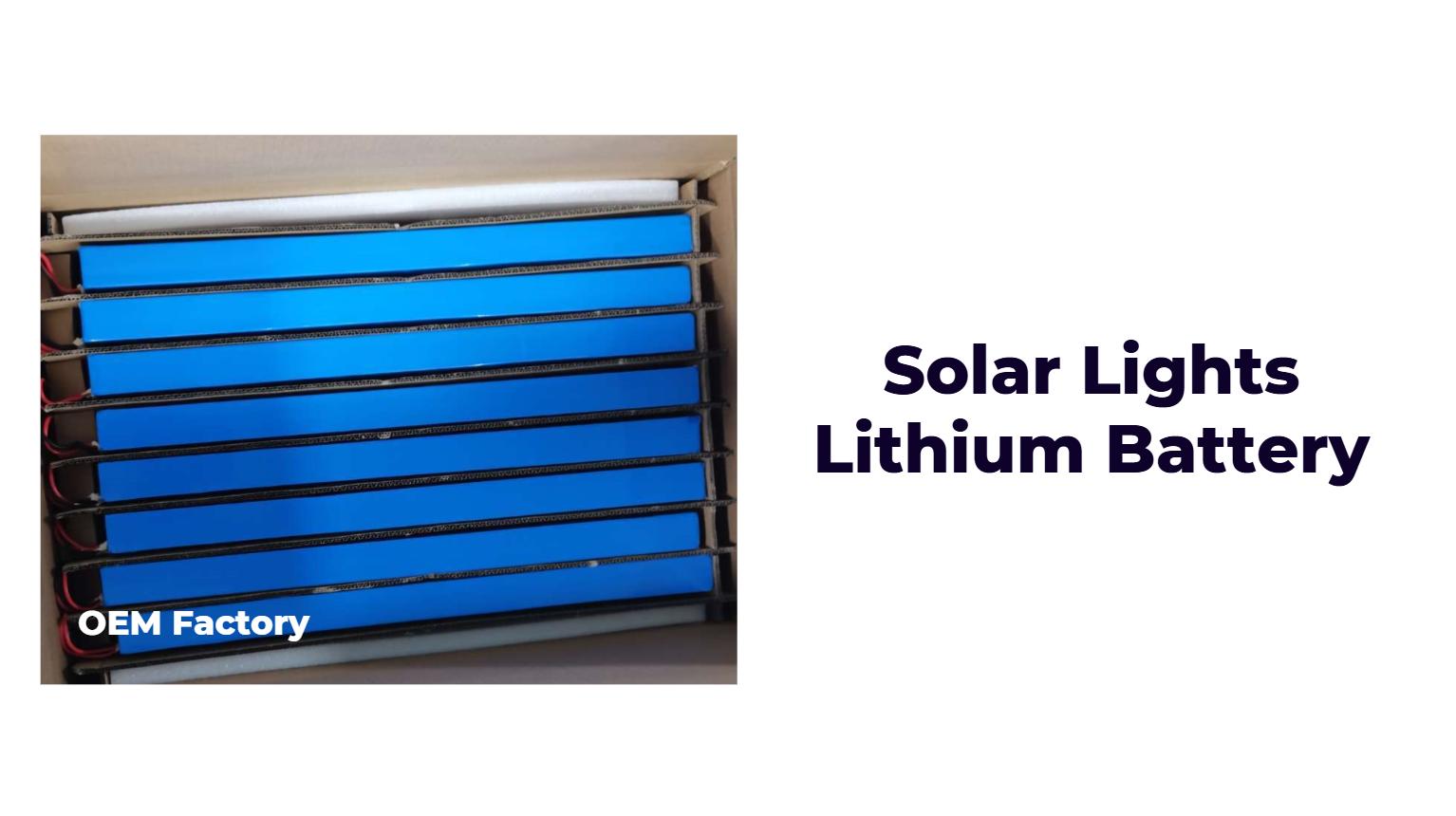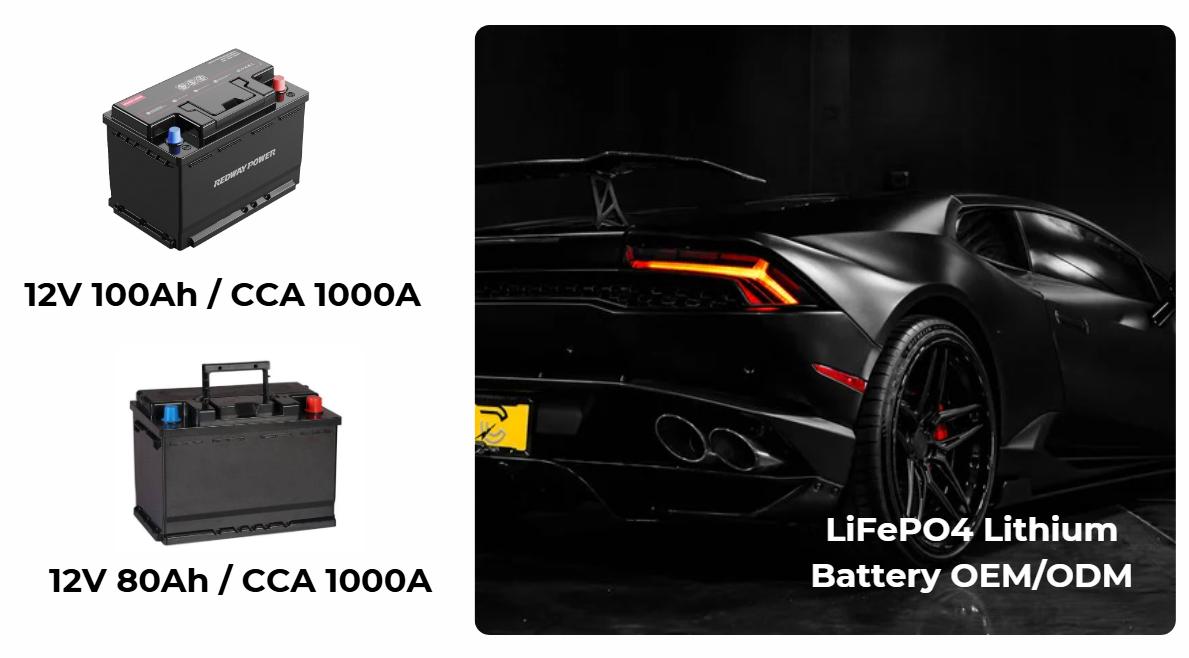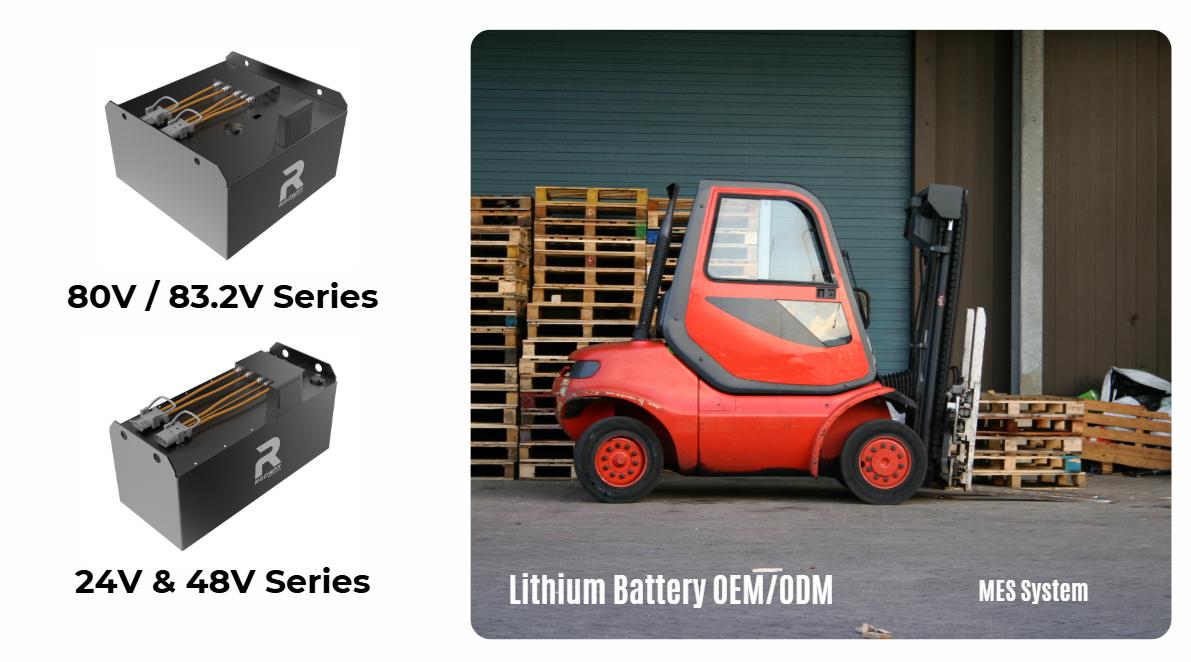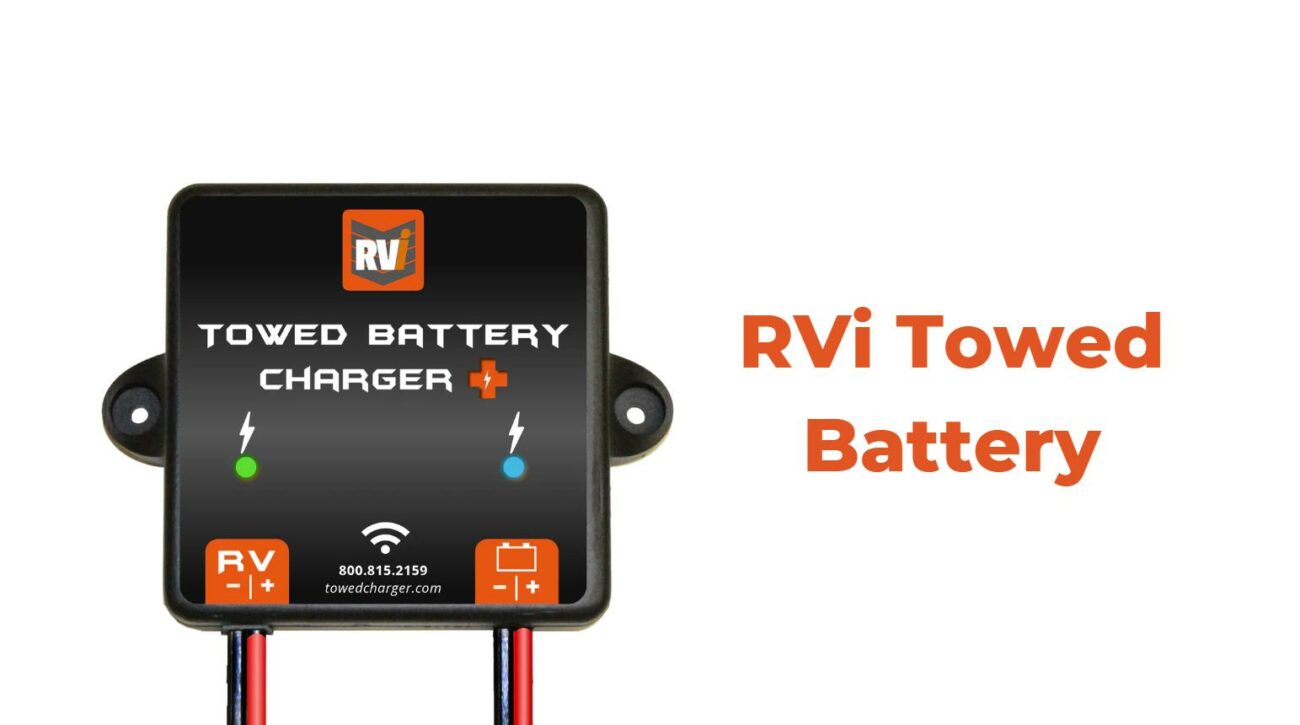
How to Manufacture Solar Lights: A Comprehensive Guide
Manufacturing solar lights involves several critical steps, including producing solar panels, assembling components, and ensuring quality control. Key components include solar panels, batteries, LED lights, and controllers. Understanding these processes is essential for producing efficient and reliable solar lighting solutions that meet consumer needs.
What Are the Key Components of Solar Lights?
The key components of solar lights include a solar panel for energy capture, a rechargeable battery for energy storage, an LED light for illumination, a charge controller to manage power flow, and a photocell or light sensor to automate operation. Durable housing protects these components from environmental elements. Solar lights are made up of several essential components that work together to provide illumination:
- Solar Panels: These capture sunlight and convert it into electricity.
- Batteries: Store the electricity generated by the solar panels for use at night.
- LED Lights: Provide efficient illumination using minimal energy.
- Controllers: Manage the charging of batteries and operation of lights based on ambient light levels.
Each component plays a vital role in ensuring that solar lights function effectively.
Chart: Key Components of Solar Lights
| Component | Function |
|---|---|
| Solar Panels | Convert sunlight into electricity |
| Batteries | Store energy for nighttime use |
| LED Lights | Provide illumination |
| Controllers | Regulate charging and lighting operation |
How Is a Solar Panel Manufactured?
Solar panels are manufactured through several steps: extracting and refining silicon, creating ingots, cutting silicon wafers, doping them to form an electrical field, and assembling the cells into panels. The final product is laminated and encased in protective glass to ensure durability and efficiency. The manufacturing process of solar panels involves several steps:
- Silicon Purification: Raw silicon is purified to create high-quality silicon for solar cells.
- Ingot Formation: The purified silicon is melted and formed into ingots.
- Wafer Slicing: Ingots are sliced into thin wafers, which serve as the base for solar cells.
- Doping: The wafers are treated with materials like phosphorus to create a p-n junction essential for electricity generation.
- Cell Formation: Wafers are transformed into solar cells by applying metal contacts.
This intricate process ensures that solar panels can efficiently convert sunlight into usable energy.
Chart: Solar Panel Manufacturing Steps
| Step | Description |
|---|---|
| Silicon Purification | Raw silicon is refined for quality |
| Ingot Formation | Melted silicon forms solid ingots |
| Wafer Slicing | Ingots are cut into thin wafers |
| Doping | Treatment creates p-n junctions |
| Cell Formation | Metal contacts are applied to create solar cells |
What Is the Process of Assembling Solar Lights?
The assembly process for solar lights involves connecting the solar panel to the battery and LED fixture using wiring. Components are securely mounted on a pole or bracket, ensuring proper alignment for sunlight exposure. Final connections are made to integrate the charge controller and sensors for automated operation. The assembly process for solar lights typically includes:
- Component Preparation: All necessary parts, including panels, batteries, LEDs, and controllers, are gathered.
- Mounting Panels: Solar panels are securely attached to the light fixture.
- Connecting Batteries: Batteries are installed and wired to connect with both the solar panel and LED lights.
- Installing LEDs: LED lights are mounted onto the fixture, ensuring proper alignment for optimal illumination.
- Final Assembly: All components are secured, and wiring is double-checked for safety.
This systematic approach ensures that each solar light is assembled correctly for reliable performance.
Chart: Assembly Process Overview
| Step | Description |
|---|---|
| Component Preparation | Gather all necessary parts |
| Mounting Panels | Attach solar panels to fixtures |
| Connecting Batteries | Install batteries and connect wiring |
| Installing LEDs | Mount LED lights securely |
| Final Assembly | Secure all components and check wiring |
Why Is Quality Control Important in Solar Light Manufacturing?
Quality control is vital in solar light manufacturing to ensure efficiency, durability, and safety. Rigorous inspections during production help identify defects, maximize energy output, and extend product lifespan. This process safeguards consumer investments and enhances overall performance in various environmental conditions. Quality control is crucial in the manufacturing process for several reasons:
- Performance Assurance: Ensures that each component meets performance standards, leading to reliable operation.
- Durability: High-quality materials reduce the likelihood of failures or malfunctions over time.
- Safety Compliance: Adhering to safety regulations protects consumers and manufacturers from liability issues.
- Customer Satisfaction: Consistent quality leads to positive customer experiences and brand loyalty.
Implementing rigorous quality control measures is essential for maintaining high standards in solar light manufacturing.
Chart: Importance of Quality Control
| Aspect | Importance |
|---|---|
| Performance Assurance | Guarantees reliable operation |
| Durability | Reduces risk of failures |
| Safety Compliance | Protects against liability issues |
| Customer Satisfaction | Enhances brand loyalty |
How Do Manufacturers Ensure Durability and Performance?
Manufacturers ensure durability and performance by using high-quality materials, conducting thorough testing during production, and implementing strict quality control measures. Environmental simulations assess how products withstand harsh conditions, while continuous improvement processes refine manufacturing techniques based on feedback and performance data. Manufacturers ensure durability and performance through various strategies:
- Material Selection: Using high-quality materials that can withstand environmental conditions (e.g., UV resistance).
- Testing Procedures: Conducting rigorous testing on prototypes to assess performance under different conditions.
- Design Considerations: Incorporating features like waterproofing and impact resistance into designs.
- Feedback Loops: Gathering customer feedback to identify areas for improvement in future products.
These strategies help manufacturers produce reliable solar lights that meet consumer expectations.
Industrial News
The demand for solar lighting solutions continues to grow as cities focus on sustainability initiatives. Recent advancements in manufacturing technology have led to improved efficiency and durability in solar lights, making them more appealing to municipalities looking to reduce energy costs while enhancing public safety. As innovations emerge, manufacturers are increasingly adopting smart technologies that integrate with existing infrastructure.
Expert Views
“Manufacturing high-quality solar lights requires a commitment to excellence at every stage,” says Dr. Alan Smith, an expert in renewable energy systems. “From material selection to rigorous testing protocols, each step is vital for ensuring that these products perform reliably over their lifespan.” This insight underscores the importance of quality throughout the manufacturing process.
FAQ Section
How do you manufacture solar lights?
The manufacturing process involves creating solar panels, assembling components like batteries and LEDs, and ensuring quality control throughout production.
What key components are needed for solar lights?
Essential components include solar panels, batteries, LED lights, and controllers that manage energy flow.
Why is quality control important in manufacturing?
Quality control ensures reliable performance, durability, safety compliance, and customer satisfaction.
How do manufacturers ensure durability?
By selecting high-quality materials, conducting thorough testing, incorporating protective designs, and using customer feedback for improvements.





